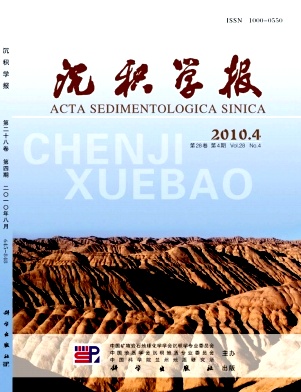Research on the Biomarker from Chipu PbZn Deposit, Sichuan
- Received Date: 1900-01-01
- Rev Recd Date: 1900-01-01
- Publish Date: 2010-08-10
-
Key words:
- biomarker /
- reducing agent
Abstract: The Chipu leadzinc deposit has closely associated with the bitumen. There have a large number of bitumen grown up with leadzinc sulfide hosted by carbonate rocks. Through ethnic separation, quantitative and saturated hydrocarbons chromatogrammass spectrum analysis, we researched on the ethnic composition and biomarker of bitumen and discussed their geological significance. The conclusions are shown as follows: (1) Organic matter in leadzinc deposits mainly came from carbonate rocks, minor came from the shale, and no continental organic matter added in it. Characteristics of this kind of mixed origin could be affected by different sources of oreforming fluid. (2) Organic matter in deposit implies that the hydrothermal fluids suffered from the physical and chemical processes of high reduction and high salinity. (3) Organic matter, which hosted by leadzinc ore and dolostone, with high maturity, belongs to carbon bitumen, which reflect the evolution of higher levels of organic matter. Organic matters in ore and host rock have a similar maturity, and reflect a similar geological process. (4) Organic matter reduced the sulfate in carbonate rocks, and resulted in reduced sulfur to create the conditions for lead and zinc sulfide precipitation. (5) oreforming fluids in the hydrocarbon content is relatively high, it inferred that high mature stage of evolution of organic matter may be the formation of the ancient reservoir involved in the mineralization. The organic matter plays a role of reducing agent during mixing with orebearing fluid.
| Citation: | ZHANG Changqing. Research on the Biomarker from Chipu PbZn Deposit, Sichuan[J]. Acta Sedimentologica Sinica, 2010, 28(4): 832-848. |






 DownLoad:
DownLoad: